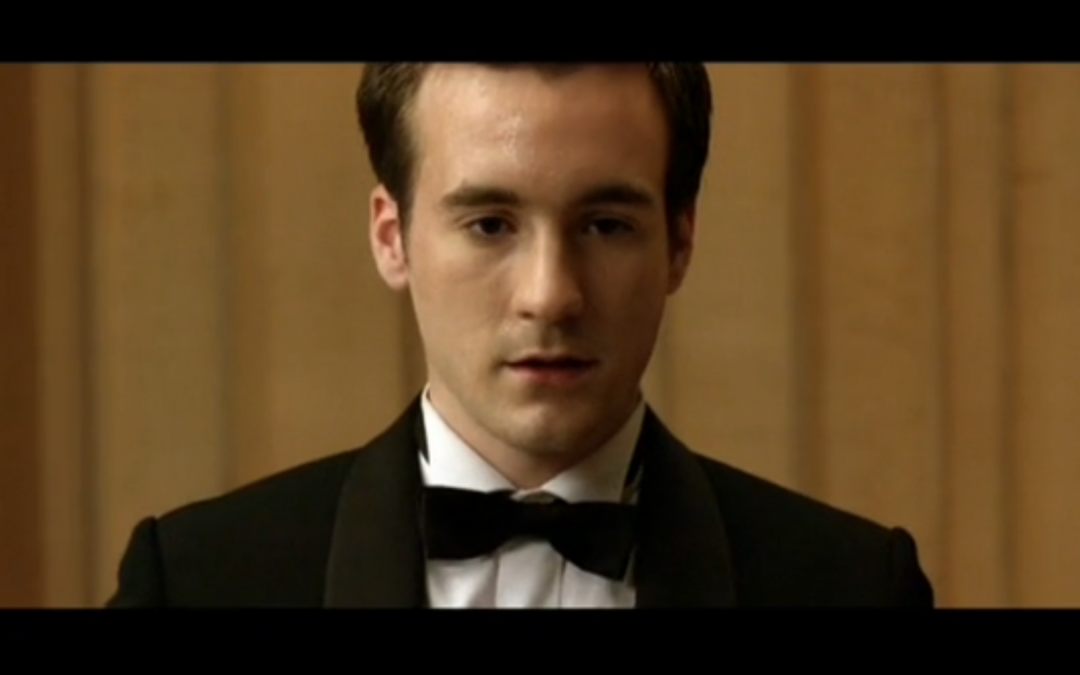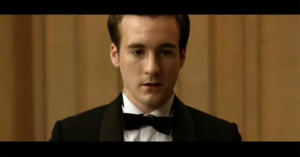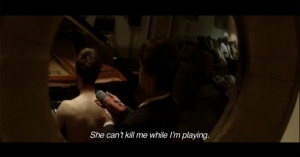
You make short films, but do not know-not always what it would be good to put there ? What lights ? What are the plans ? The best solution to settle this is obviously to study other short films. In reflecting on the manner in which the director has thought and put into practice his ideas. For this, today we are going to study together a short film.
We have already seen in the previous article how the light and the choice of colors could participate in establishing the atmosphere of a short film and we saw that it was very easy, artistically speaking set on these choices.
In this article, we’ll look at the staging and the cutting of the short film “The piano Tuner” by Olivier Treiner. I invite you above all to see or review the short film.
the Tuner (The Piano Tuner) – Olivier Treiner from Raphaël Treiner / SHERIFF on Vimeo.
The art of the mise en scene : to Show without saying
There is an implicit rule for a director who can be defined as ” Don’t watch “. This rule is all the more important as it applies to the staging. One of the ways to realize the effectiveness of a stage, it is to watch a film without sound and see if the felt about the movie is the same, and especially if the storytelling works in spite of everything. As a director, and not as a writer, you also need to abandon the words for you to focus on the setting and the staging.

Let’s go back on a succession of plans, which we have already treated, namely, the transition between the stage of assessment at the conservatory in the middle of the film and the scene where the Tuner is depressed to have missed this review. We said that the fact of having a character sweating and with a light shining on one side of his face and could feel immediately the stress of the character. The shock of the color change, yellow to blue, on the next plane could guess that things were wrong in the past.

The position of the Tuner on his cushion also suggests that it has “turned back” literally to his passion, but it also weighs. The image of the keyboard on the cushion takes a large part of the framework. It is at least a possible interpretation of this image. Shooting in full diving suggests the fall, and the elongated position of the character suggests the difficulty of standing and, therefore, to continue to move forward.

The presence of the fish is also interesting. The fish is often associated with the idea of running in circles, but also to the concept of imprisonment and passivity. Loneliness is imaged by the person in the background is going, because it wants to continue to advanced. We have here all the ingredients of the depression, and this, only thanks to the visual organization of two plans.
This is therefore an advice to follow. If you want to retransmit something in particular in a scene, in our case the depression, but let’s take for example the joy. In the case of joy, the world will appear more beautiful, harmonious, you will be smiling, etc … Convert it to the image is essential but also natural. If the world is more beautiful, then the colors will be more vivid and more enjoyable. The harmony can be symbolized by a combination of the framework that breathes with vanishing lines very open. These are only proposals.
Topics
That said, let’s examine one of the main topics : the non-clairvoyance. Audio visual, this topic is a subject of gold. Why ? Well because the cinema and the audiovisual is defined by the notion of clairvoyance. What should we show or not show and how to show it ? The director will then give heart to joy by using all the tricks of framing to play on this aspect :
The omission pure and simple of the vision with the voice off of The tuner to the server, the out-of-field, with the kiss of the dancer, the overlap with the plane of the frame in nothing, and even the blur with the scene of the dancer.
Yet, are you going to tell me, the tuner is NOT blind and it is just that the subject of the film. Indeed, the fact of playing on the non-clairvoyance created a form of dramatic irony. This is the whole point of the short film, the irony of his situation. To such A point that the tuner must eventually convince himself that he is blind if he wants to be able to live. In these terms, the scenario and the implementation are completely complementary as they are both in place this irony. The scenario and the realization want to show the same thing.
To go further, one could even say that the first and last scenes of the film are centered on the non-clairvoyance. The see becomes a curse so that the tuner will eventually become literally blind. When the director shows us the inside of the piano, he wants to actually make ourselves heard, that means the tuner and the mental image that he made, but at no time what he sees. The last shot of the film punctuates this generality by showing a mirror both a reflection of the situation and reverse the roles, and therefore of the reversal of this irony against the Tuner. Perhaps would it be even interesting to speculate on the fact that the mirror is distorting ?

There would probably still have a lot to say about this short film, including the music, game of actors, etc … but it is now up to you to do the work. The analysis of shorts is without a doubt the best way to awaken their senses to the composition. So do as much as possible.
Remember what we have learned in this article :
- A movie should be able to be understood and grasped without the sound.
- The theme must be retransmit in the short from a graphic point of view.
- The scenario and the realization transcribe the same thing, but in two different forms and both are needed to make a good film.
Today, the realization is more and more empty of meaning and it is a huge mistake, particularly among amateurs who wish to make their trades. This is not just for the technical considerations that the storyboard is there, and it is also and above all to give a meaning to these images before putting them on film. Thus, they are tailored and meaningful. I recommend you never go without it, especially if it is because you think you are ” all in the head “. Because very often, it is an excuse for a little laziness. And laziness is never good movies !
Arnaud